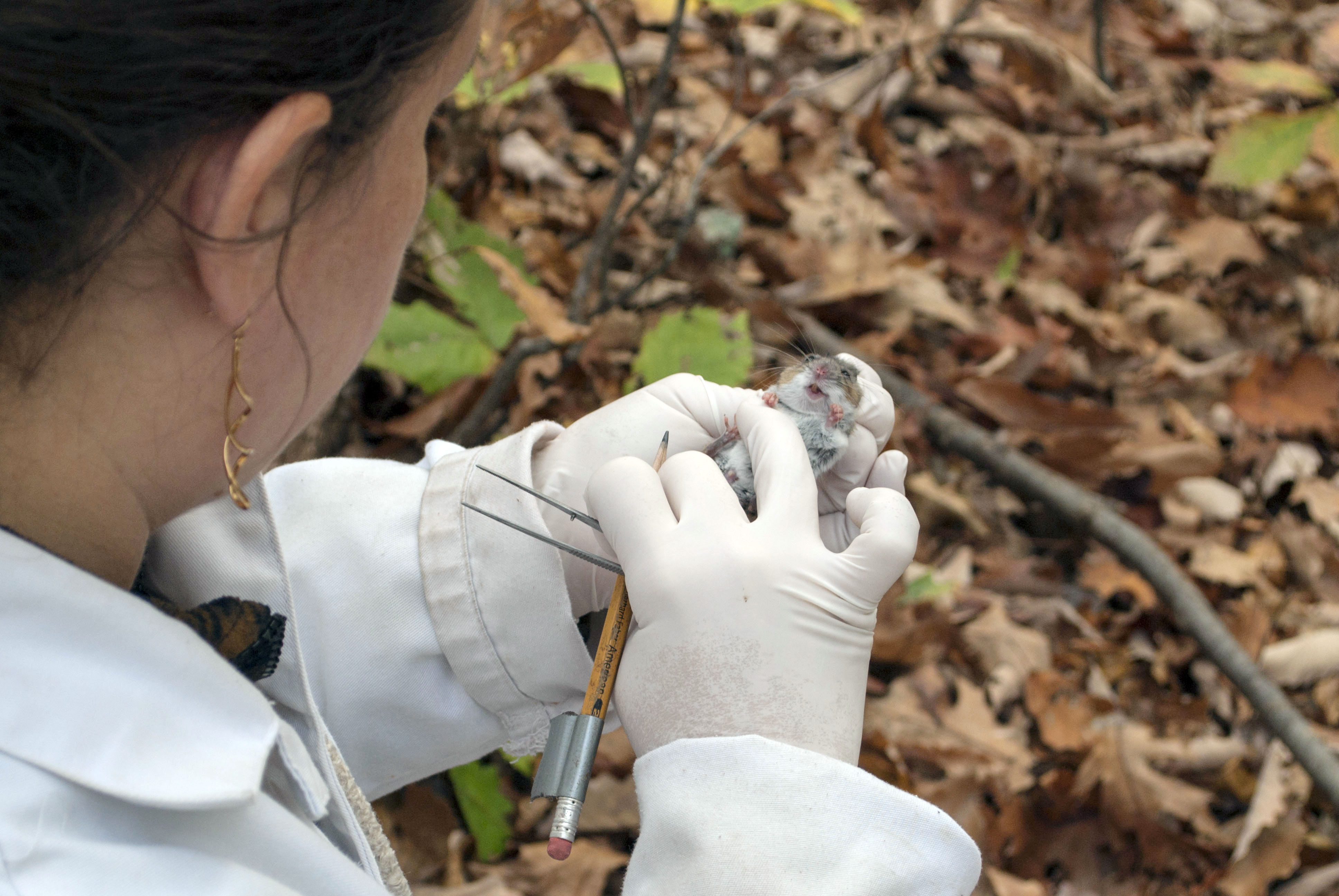 National Moth Week is July 19 – 27. While most state wildlife departments struggle to include invertebrates of any kind in their program, if you are looking for educational opportunities, this one is as worthy as any. The week was founded and promoted by Friends of the East Brunswick Environmental Commission (and, yes, that’s in New Jersey).
National Moth Week is July 19 – 27. While most state wildlife departments struggle to include invertebrates of any kind in their program, if you are looking for educational opportunities, this one is as worthy as any. The week was founded and promoted by Friends of the East Brunswick Environmental Commission (and, yes, that’s in New Jersey).
Fine the National Moth Week website here.
And, of course, there’s a Facebook page.
The Nature Conservancy is celebrating National Moth Week.
It’s list of moth-related activities is here.
And a blog post with more background is here.


 On April 10, both the Michigan Department of Natural Resources (DNR) and the Wisconsin Department of Natural Resources announced confirmation of white nose syndrome in bats in each of their states.
On April 10, both the Michigan Department of Natural Resources (DNR) and the Wisconsin Department of Natural Resources announced confirmation of white nose syndrome in bats in each of their states. It’s been a good year for lead levels in condors in Arizona and Utah. While last year saw the second worst levels on record, this year saw the lowest level in a decade, says a
It’s been a good year for lead levels in condors in Arizona and Utah. While last year saw the second worst levels on record, this year saw the lowest level in a decade, says a  The ticks that carry Lyme disease, black-legged ticks or deer ticks, do not appear to harm their white-footed mice hosts, a paper in press in the journal Ecology says. In fact, the research found, a larger tick load correlated with a longer life in male mice.
The ticks that carry Lyme disease, black-legged ticks or deer ticks, do not appear to harm their white-footed mice hosts, a paper in press in the journal Ecology says. In fact, the research found, a larger tick load correlated with a longer life in male mice. “The Idaho Department of Fish and Game will conduct lethal control actions on ravens in three study areas in southern Idaho beginning this spring, and evaluate whether the removal improves sage-grouse populations,”
“The Idaho Department of Fish and Game will conduct lethal control actions on ravens in three study areas in southern Idaho beginning this spring, and evaluate whether the removal improves sage-grouse populations,”  A vault toilet is a more or less a permanent porta-potty, used in places without running water. Many state and federal agencies are fond of them. I’m fairly certain that I’ve used one in a National Forest recently.
A vault toilet is a more or less a permanent porta-potty, used in places without running water. Many state and federal agencies are fond of them. I’m fairly certain that I’ve used one in a National Forest recently. In February, the Nebraska Game and Parks Commission collared 11 elk for a study in north-central Nebraska. There are a few more details in this
In February, the Nebraska Game and Parks Commission collared 11 elk for a study in north-central Nebraska. There are a few more details in this